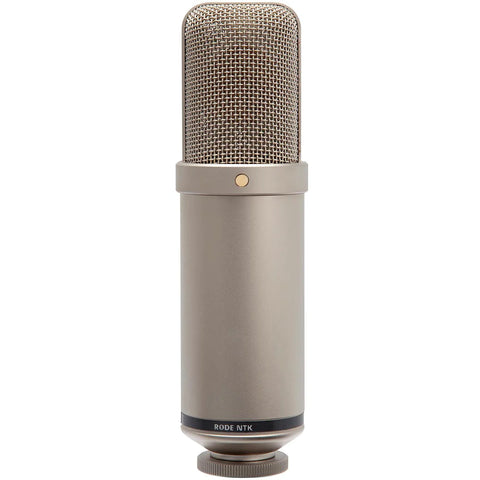Microphones Condenser Vs Dynamic
In a variety of situations, including studios, stages, and broadcast, dynamic and condenser microphones are two of the most often utilised types of microphones. While they are both intended to reproduce and record sound, their construction, sensitivity, and frequency response, among other things, are different. The key distinctions between dynamic and condenser microphones will be covered in this article.
Construction
The architecture of dynamic and condenser microphones is one of the key distinctions between them. The diaphragm of a dynamic microphone has a coil or wire hung in a magnetic field. The diaphragm moves when sound waves strike it, which causes the coil to move as well. An amplifier or recording device receives an electrical current that is produced by the coil's movement and is proportionate to the sound waves.
A condenser microphone, on the other hand, has a diaphragm that is situated near to a metal plate known as a backplate. A capacitor is made by the space between the diaphragm and the backplate and holds electrical charge. The diaphragm moves in response to sound waves, altering the distance between it and the backplate, in turn altering the capacitance. The electrical signal produced by this change in capacitance is proportional to the sound waves.

(Rode NTK condenser microphone)
Sensitivity
The sensitivity of dynamic and condenser microphones is another significant distinction. Compared to dynamic microphones, condenser microphones are typically more sensitive, which allows them to pick up more subtle differences in sound. They are therefore perfect for recording vocals, acoustic instruments, and other sounds where precision and clarity are crucial.
In comparison to condenser microphones, dynamic microphones are less sensitive. They work better with strong noises like drums, electric guitars, and other instruments with amplifiers. Dynamic microphones are perfect for live performances because they can handle tremendous sound pressure levels without distorting.
Reaction to Frequency
The range of frequencies that a microphone can pick up is known as frequency response. The frequency response of a condenser microphone is often wider than that of a dynamic microphone. They are perfect for recording instruments with a wide range, such as pianos, guitars, and violins, because they can pick up both high and low frequencies. Condenser microphones can record sound with greater accuracy and detail since they also have a flatter frequency response.
Conversely, the frequency response of dynamic microphones is narrower than that of condenser microphones. They are made to pick up mid-range frequencies, which makes them perfect for picking up the sound of instruments with a more restricted range, such electric guitars, drums, and vocals.
Cost
Dynamic and condenser microphone prices are very different. Generally speaking, condenser mics are more expensive than dynamic microphones. This is due to the fact that they need more sophisticated electronics and a power supply, like a battery or phantom power. On the other hand, dynamic microphones are less expensive because of their simpler design and lack of a power supply.
In summary, dynamic and condenser microphones are two distinct types of microphones with varying applications. Condenser mics are preferable for recording instruments, singers, and other sounds where clarity and detail are crucial, even if dynamic microphones are more cost-effective for capturing loud noises. You may select the best microphone for your unique needs by being aware of the distinctions between dynamic and condenser microphones.
Maxx Music can help you chose the right microphone for your situation or project. Come in store or check us out online

